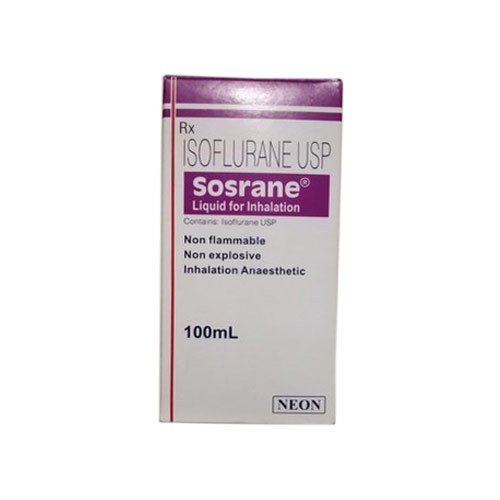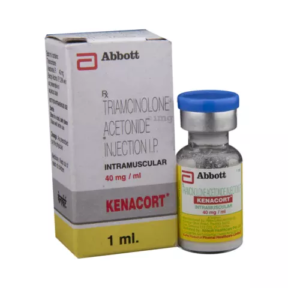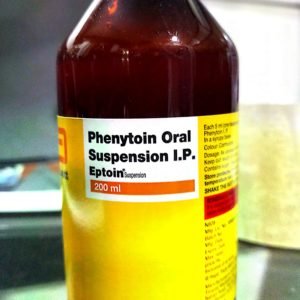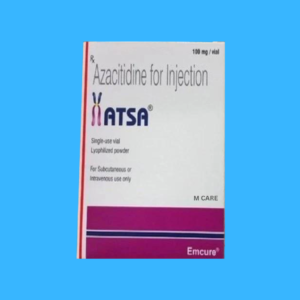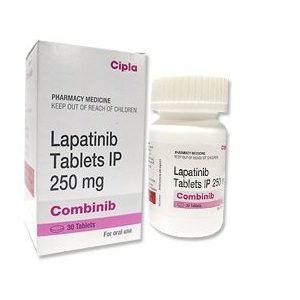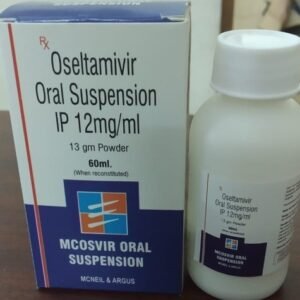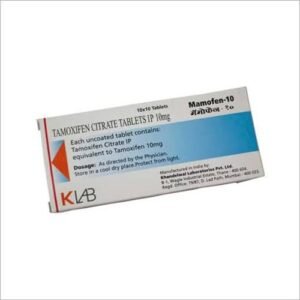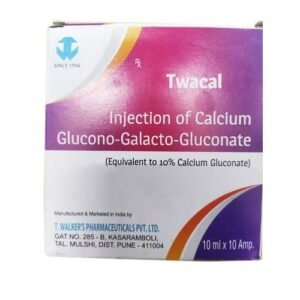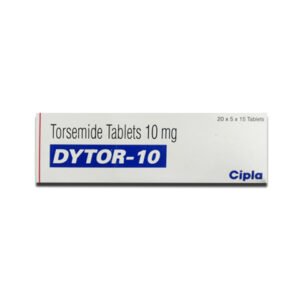Isoflurane 100 ml Sosrane
Brand Name: Sosrane
Manufacturer: NEON
Presentation: liquid
Strength: 100 ml
Description
What is Isoflurane used for?
Isoflurane is an overall inward breath sedative medication used to initiate and keep up broad sedation. Isoflurane is accessible in a conventional structure. Regular symptoms of Isoflurane incorporate lethargic or shallow breathing, low pulse, or strangely quick or moderate pulse. Post-operatively, symptoms of Isoflurane incorporate shuddering, queasiness, retching, and stomach widening or gas.
How exactly does anesthesia work?
Isoflurane is an overall sedative. It works by causing reversible loss of awareness. This permits surgeries to be done without torment and trouble.
Common side effects of Isoflurane :
- Indications of a hypersensitive response, similar to rash; hives; tingling; red, swollen, rankled, or stripping skin with or without fever; wheezing; snugness in the chest or throat; inconvenience breathing, gulping, or talking; strange dryness; or expanding of the mouth, face, lips, tongue, or throat.
- Indications of high potassium levels like a heartbeat that doesn’t feel ordinary; feeling confounded; feeling feeble, tipsy, or bleary-eyed; wanting to drop; deadness or shivering; or windedness.
- Terrible discombobulation or dropping.
- Inconvenience breathing, moderate breathing, or shallow relaxing.
- A heartbeat that doesn’t feel ordinary.
- Muscle firmness.
- Change in the shade of skin to a somewhat blue shading like on the lips, nail beds, fingers, or toes.
- Isoflurance side effects(more detail)
Expert advice for Isoflurance :
- It is given by a vaporizer under the oversight of a specialist as it were.
- Your Doctor will screen you routinely for circulatory strain, beat rate and heartbeat during the treatment.
- It causes you to feel drowsy. Try not to drive or do whatever requires mental concentration until you know what Isoflurane means for you.
- Advise your primary care physician in the event that you are pregnant or arranging pregnancy.
Brand Name: Sosrane
Manufacturer: NEON
Presentation: liquid
Strength: 100 ml

